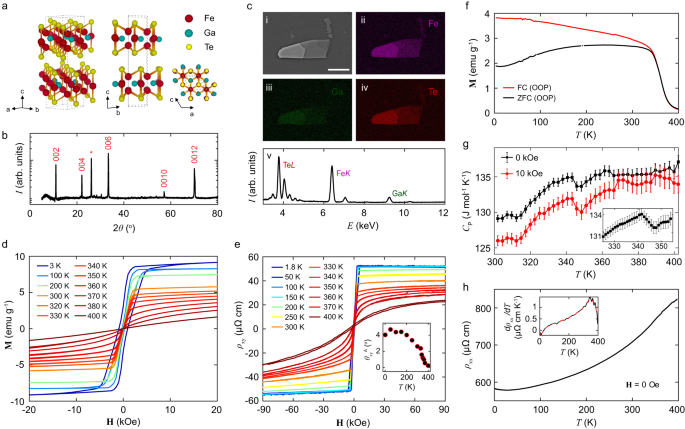2024-02-22 マサチューセッツ工科大学(MIT)
<関連情報>
- https://news.mit.edu/2024/researchers-harness-2d-magnetic-materials-energy-efficient-computing-0222
- https://www.nature.com/articles/s41467-024-45586-4
室温におけるファンデルワールス強磁性体の電流誘起スイッチング Current-induced switching of a van der Waals ferromagnet at room temperature
Shivam N. Kajale,Thanh Nguyen,Corson A. Chao,David C. Bono,Artittaya Boonkird,Mingda Li & Deblina Sarkar
Nature Communications Published:19 February 2024
DOI:https://doi.org/10.1038/s41467-024-45586-4

Abstract
Recent discovery of emergent magnetism in van der Waals magnetic materials (vdWMM) has broadened the material space for developing spintronic devices for energy-efficient computation. While there has been appreciable progress in vdWMM discovery, a solution for non-volatile, deterministic switching of vdWMMs at room temperature has been missing, limiting the prospects of their adoption into commercial spintronic devices. Here, we report the first demonstration of current-controlled non-volatile, deterministic magnetization switching in a vdW magnetic material at room temperature. We have achieved spin-orbit torque (SOT) switching of the PMA vdW ferromagnet Fe3GaTe2 using a Pt spin-Hall layer up to 320 K, with a threshold switching current density as low as Jsw=1.69 × 106 A cm−2 at room temperature. We have also quantitatively estimated the anti-damping-like SOT efficiency of our Fe3GaTe2/Pt bilayer system to be §DL=0.093, using the second harmonic Hall voltage measurement technique. These results mark a crucial step in making vdW magnetic materials a viable choice for the development of scalable, energy-efficient spintronic devices.



